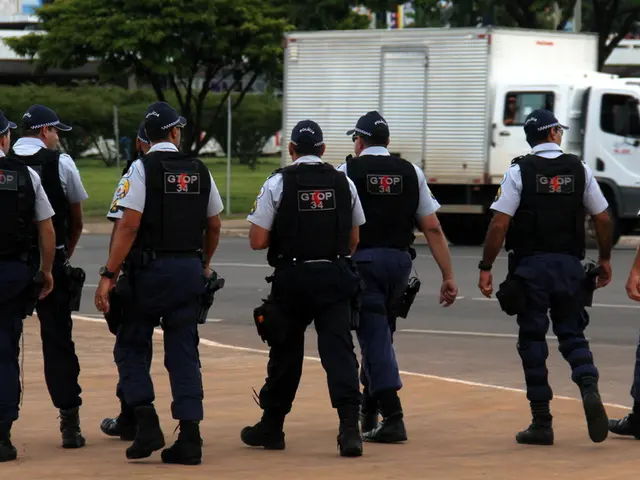Internet Service Executives from Africa Advocate for Implementation of Internet Stability Strategy by National Authorities
Africa Unveils Model Framework for Building Internet Resilience
The African Telecommunications Union (ATU), Internet Society (ISOC), and African Network Information Centre (AFRINIC) have collaborated to create a groundbreaking initiative: the Model Framework for Building Internet Resilience in Africa. This continental effort aims to strengthen and safeguard digital infrastructure across the continent, focusing on three key areas.
Strengthening Networks and Internet Service Providers (ISPs)
The framework targets enhancing the resilience of networks and ISPs to ensure they can sustain operations during crises. By incorporating redundancy, resourcefulness, and rapid recovery capabilities, essential entities such as mobile operators, ISPs, Internet Exchange Points (IXPs), and country-code domain registries will develop and annually update resilience plans.
Securing Critical Infrastructure
The framework also emphasises the protection of critical infrastructure such as power grids, undersea and terrestrial cables, Internet Exchange Points (IXPs), and domain registries. This holistic approach to security aims to minimise the impact of disruptions caused by incidents like cable cuts and power outages.
Improving Market Conditions
The third focus area is maintaining affordability and healthy competition in the market. By fostering a conducive environment, the framework enables providers to invest in infrastructure resilience, ensuring that the digital services essential to sectors like education, healthcare, and commerce remain accessible.
The framework's impetus stems from repeated severe disruptions, such as the 2024 breakage of multiple undersea cables that disconnected 13 West African countries for days and power outages that severely impaired digital services. These events underscored Africa's vulnerable Internet infrastructure, which has hindered critical sectors.
By implementing the framework, Africa seeks to improve connectivity reliability across the continent, create a coordinated, regional approach to infrastructure protection and emergency response, and ensure affordability alongside sustainability. This comprehensive approach serves as Africa’s "insurance against digital darkness," promoting a more resilient, secure, and accessible Internet that supports the continent's rapidly growing digital economy and a future increasingly reliant on digital services.
Additional contextual efforts supporting Internet resilience and digital growth include ongoing broadband mapping initiatives in African countries to identify infrastructure gaps and more coordinated policies on digital sovereignty and data governance to strengthen regional independence and interoperability.
The Internet Society Pulse platform, a central tool in this effort, curates and shares real-time data on Internet availability, resilience, security, and adoption. Any entity or operator responsible for a vital part of a country's Internet ecosystem is required to prepare a Plan for Resilience within one year of the framework's official adoption. These plans must be reviewed and updated annually.
The Model Framework for Building Internet Resilience in Africa has been endorsed by the ATU, ISOC, and AFRINIC. Key figures such as Arthur Carindal, Head of Stakeholder Engagement at AFRINIC, and John Omo, Secretary-General of ATU, have emphasised the importance of the framework and urged member states to adopt it and be actively involved in its implementation. John Omo has even compared connectivity to Africa's nervous system, warning that every blackout is a flashing red warning.
In March 2024, a four-cable snap in West Africa caused connectivity issues in 13 countries for days. Incidents like these highlight the need for a comprehensive approach to Internet resilience, such as the Model Framework. Investing in collecting various metrics to assess the resilience of the Internet across different countries is the first step to achieving Internet Resilience, according to Kevin G. Chege, Director of Internet Development at the Internet Society.
In conclusion, the Model Framework for Building Internet Resilience in Africa represents a significant step towards a more robust, secure, and accessible Internet for the continent. By addressing the key areas of networks and ISPs, critical infrastructure, and market conditions, this framework aims to create a more resilient digital landscape that supports Africa's rapidly growing digital economy.
Read also:
- MRI Scans in Epilepsy Diagnosis: Function and Revealed Findings
- Hematology specialist and anemia treatment: The role of a hematologist in managing anemia conditions
- A Week in Pixelized Realm: The Transformation of the World in Digital Form
- Enhancing the framework or setup for efficient operation and growth








